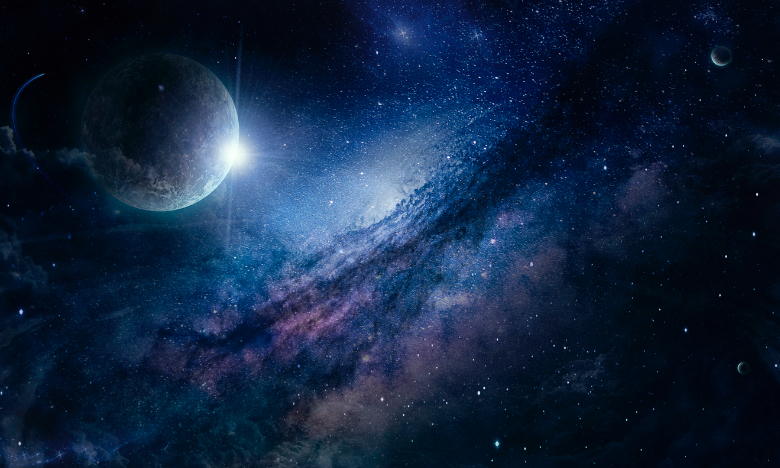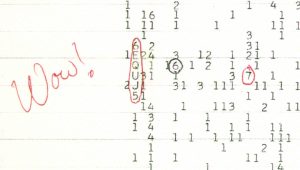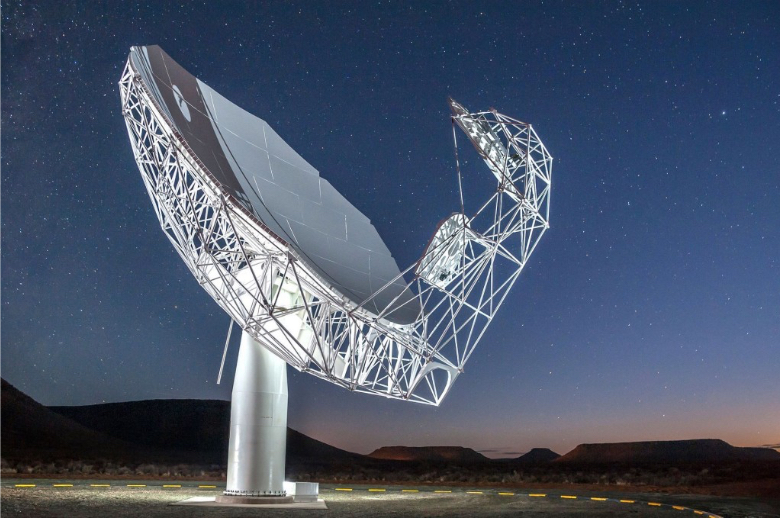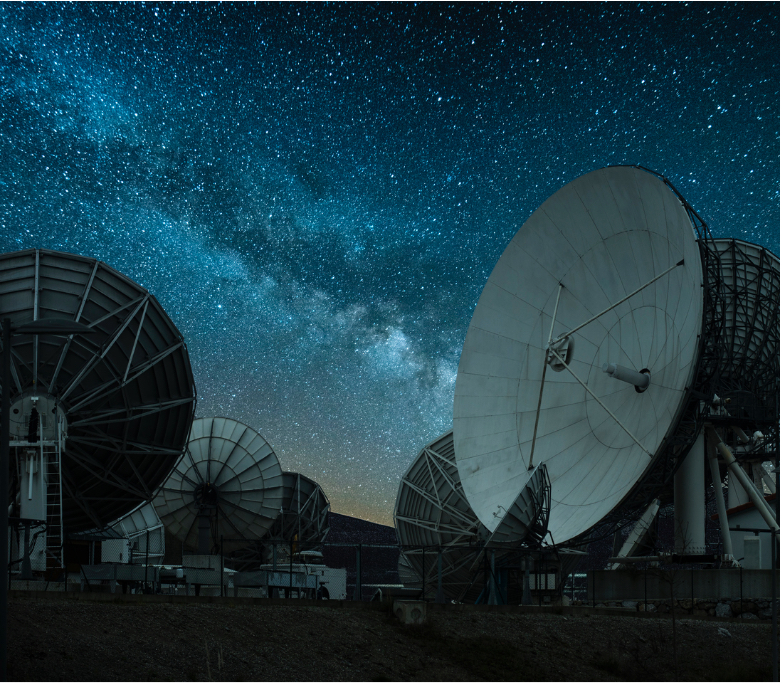We would seem to be experiencing a resurgence of interest in the UFO phenomenon (now called UAP, Unidentified Aerial Phenomena), with NASA officially looking into it and sensational testimony given by witnesses in the US Congress. But away from all the media noise, the scouring of the cosmos for signs of alien technology has also intensified, with new projects and more money. And with some new help: artificial intelligence (AI) can perceive things we can’t see, and process what for us is intractable. Will an AI discover alien intelligence?

In 1960, when astronomer Frank Drake first pointed a Green Bank Observatory radio telescope in West Virginia at two stars in search of extraterrestrial signals, he launched a scientific endeavour called SETI (Search for Extraterrestrial Intelligence) that has continued unabated. Since it was the first time anything like that had been attempted, it was possible that the universe was buzzing with alien transmissions and that we had been unaware of them until then. But alas, no; Drake found nothing. And nothing to this day.
So for decades the problem has been a lack of data, as scientists have only been able to search very selectively, scanning small sections of the sky using openings in the schedules of radio astronomy telescopes. But the tables have turned drastically: in 2015, entrepreneur and physicist Yuri Milner and his wife Julia founded Breakthrough Listen, the largest SETI project in history, funded with $100 million over 10 years and aimed at tracking one million stars through Green Bank Observatory, Parkes Observatory in Australia, the 64-antenna MeerKAT Array in South Africa and several other telescopes through collaborations with various partners.
Promising signals
The problem now is the opposite: a huge amount of data. Astronomers have been using automated algorithms to filter the collected signals, but these systems run the risk of discarding some potentially interesting signals. This is where machine learning algorithms, a form of AI, come in. Scientists can train these systems by inserting simulated signals into real data so that they learn to distinguish those that do not appear to be of natural origin or terrestrial interference: signals that occupy a narrow band of frequencies, typical of a transmission; that disappear when the telescope is moved in another direction, indicating that they are not local; and that change over time in the expected pattern as their source and Earth move relative to one another.

At the University of Toronto, Peter Ma is still a mathematics and physics undergraduate student, but he has already provided researchers with a machine learning tool that opens “a new era for SETI research,” SETI Institute astronomer Franck Marchis told Nature. The system created by Ma has made it possible to reanalyse more than 150 terabytes of Breakthrough Listen data from 480 hours of observations of 820 stars from Green Bank, data that had already been examined by classical algorithms in 2017.
Where traditional techniques had found nothing, from among nearly three million signals the new system detected more than 20,000 possible candidates. Going through this avalanche of data one by one, the scientists selected eight promising signals. Unfortunately, none of them were detected again, so their nature could not be confirmed. But according to Michael Garrett, director of the Jodrell Bank Centre for Astrophysics at the University of Manchester, who was not involved in the study, they were all “much more compelling” than the famous Wow! signal, captured in 1977 and historically considered the clearest candidate for a possible alien transmission.

Although there are no results yet, it is still early days. The study’s authors will continue to monitor these eight sources, will extend the search to the million Breakthrough Listen stars using MeerKAT data, and may even reanalyse previous data that did not yield anything usable at the time. Meanwhile, AI will continue to improve, within its capabilities: as study co-author Danny Price of Australia’s Curtin University points out, thinking that an AI is going to find extraterrestrial intelligence on its own “sounds like the plot of an exciting science fiction novel.” But it can process data, recognise patterns and classify signals infinitely better than we can.
Beyond extraterrestrial life
AI can also contribute in other ways. Researchers at UC Berkeley use one such system to select candidate stars at which to point the world’s largest dish, the 500-metre FAST in China. At Harvard University, the Galileo Project led by astrophysicist Avi Loeb will use AI to analyse UAP images and satellite data that could reveal nearby alien transmissions; Loeb has become known for his bold and controversial claims about alien visits to Earth.

At the same time, new telescopes will improve the quantity and quality of data, such as the planned Square Kilometre Array in South Africa and Australia, and the Next Generation VLA in the US. “With our new technique, combined with the next generation of telescopes, we hope that machine learning can take us from searching hundreds of stars, to searching millions,” says Ma. Garrett notes that scientists are already preparing protocols on how to act after the first confirmed signal: “Even seasoned SETI researchers are beginning to think that we might be on the cusp of a momentous scientific breakthrough.”
Javier Yanes
Comments on this publication